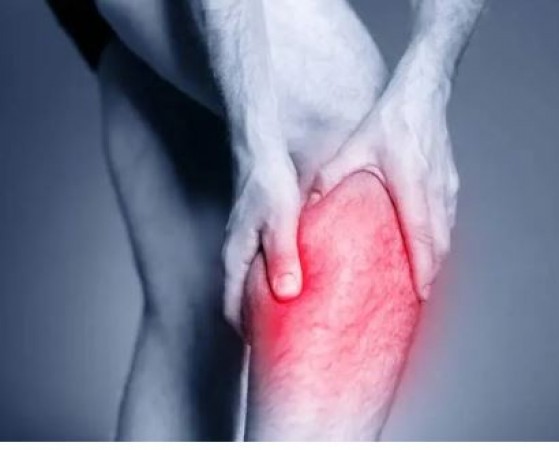
Leg attacks, often overlooked amidst discussions of cardiovascular diseases, can be as insidious and perilous as brain strokes and heart attacks. Understanding their gravity and consequences is paramount for safeguarding one's health and well-being.
The legs, integral to human mobility, serve as pillars supporting the body's weight and facilitating movement.
2.1. Venous Return: Leg muscles play a pivotal role in aiding venous return, assisting blood flow back to the heart against gravity.
2.2. Arterial Supply: Moreover, arteries in the legs ensure oxygen-rich blood reaches tissues, fostering cellular function and vitality.
3.1. Deep Vein Thrombosis (DVT): A clot formation within deep veins, typically in the lower limbs, constitutes a grave leg attack.
3.2. Peripheral Artery Disease (PAD): This condition involves arterial narrowing in the legs, often leading to reduced blood flow and tissue damage.
4.1. Sedentary Lifestyle: Prolonged periods of inactivity can predispose individuals to DVT and PAD by impeding blood circulation.
4.2. Smoking: Tobacco consumption exacerbates vascular damage, escalating the risk of arterial blockages and thrombotic events.
5.1. Limb Ischemia: Insufficient blood supply precipitates tissue ischemia, culminating in pain, numbness, and tissue necrosis.
5.2. Ulcer Formation: Chronic ischemia may give rise to non-healing ulcers, exacerbating morbidity and impairing quality of life.
6.1. Pulmonary Embolism: Detached clots from DVT can traverse the bloodstream, lodging in pulmonary vessels and impeding gas exchange, heralding a medical emergency.
7.1. Physical Activity: Regular exercise fosters venous return and arterial patency, mitigating the risk of leg attacks.
7.2. Smoking Cessation: Abstaining from smoking diminishes vascular insult, safeguarding against thrombotic and ischemic events.
8.1. Symptoms Recognition: Educating individuals about leg attack symptoms, such as leg swelling, pain, and discoloration, empowers prompt intervention.
8.2. Routine Screening: High-risk cohorts, including the elderly and those with comorbidities, benefit from routine vascular assessments to preemptively identify leg attack precursors.
In essence, leg attacks, akin to their cerebral and cardiac counterparts, wield significant morbidity and mortality. Through heightened awareness, lifestyle modifications, and proactive healthcare engagement, individuals can mitigate the looming specter of leg attacks, preserving not only limb integrity but overall well-being.
Beat the Heat: Water-Rich Fruits for a Refreshing Summer
Health Benefits of Paneer: How to Make Deepti Sharma's Favorite Dish"
Women's Health: Nourish Your Bones with Excellent Vegetarian Foods